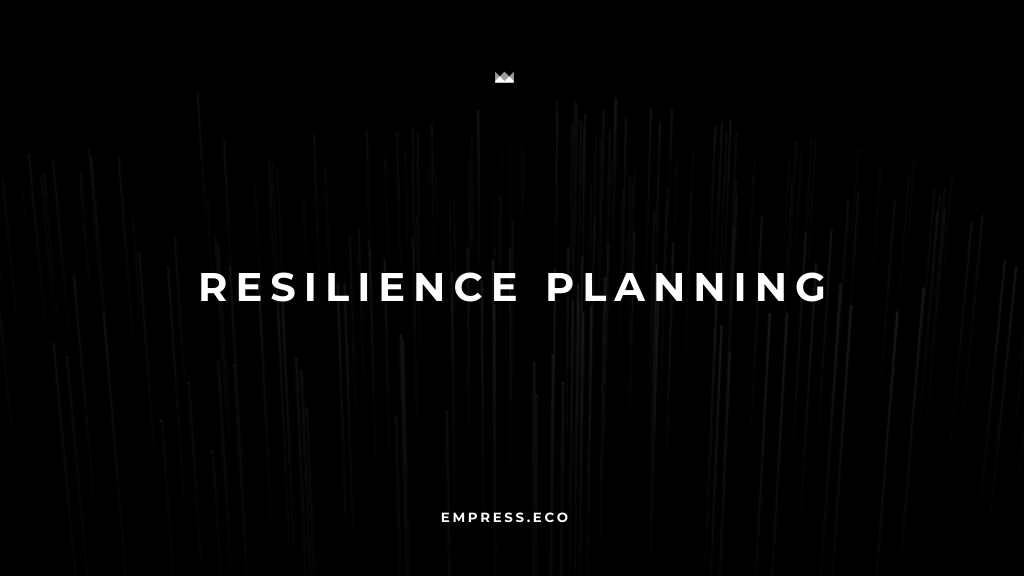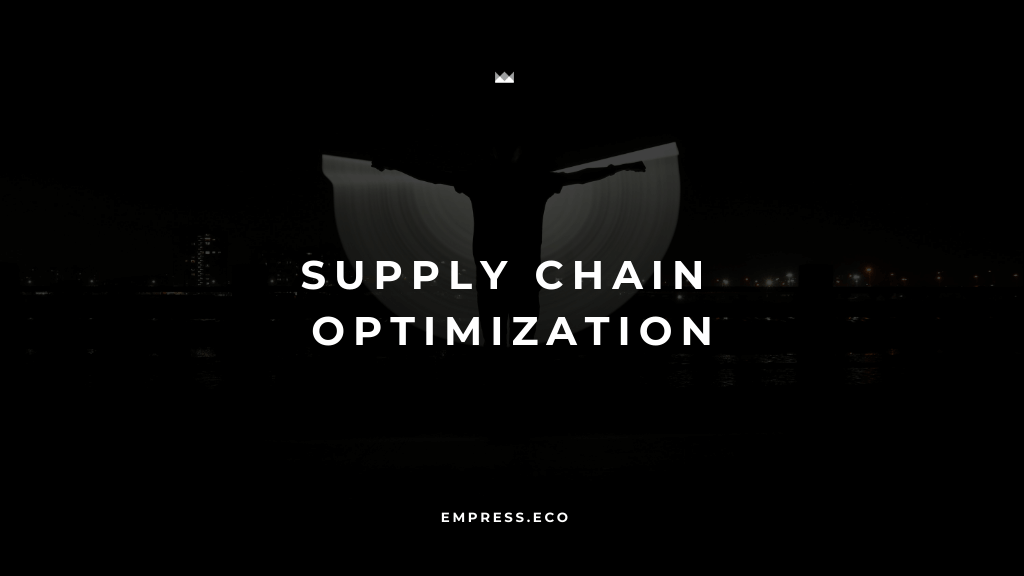In today’s fast-paced and highly competitive business environment, efficiency and waste reduction are more critical than ever. Lean management, a transformative approach originally developed within the manufacturing sector, has become a powerful tool for businesses across all industries, from tech startups to service-based companies. By focusing on continuous improvement and value creation, lean management helps organizations streamline operations, cut costs, and maintain a competitive edge. This blog explores key lean management techniques and how they can be applied to modern businesses to enhance operational performance.
Understanding Lean Management
Lean management is a systematic approach designed to achieve operational excellence by aligning processes with customer value, eliminating waste, and fostering a culture of continuous improvement. Originating from the Toyota Production System, lean principles have been widely adopted across various industries beyond manufacturing, including digital-first and service-based businesses . The fundamental idea behind lean management is to create more value for customers with fewer resources, making it an ideal strategy for modern businesses looking to optimize their operations.
Core Principles of Lean Management
To fully grasp the power of lean management, it’s essential to understand its core principles. These principles serve as the foundation for any successful lean strategy:
Value Identification
The first step in lean management is identifying what adds value from the customer’s perspective. This principle ensures that all activities within the organization contribute directly to delivering customer value. By focusing efforts on enhancing these value-adding activities, businesses can streamline their processes and eliminate tasks that do not contribute to the customer’s experience .
For example, in a software development company, value might be defined as the features and functionalities that customers find most useful. By identifying these key areas, the company can prioritize development efforts and reduce time spent on features that don’t align with customer needs.
Value Stream Mapping
Value stream mapping is a visual tool used to analyze the flow of materials and information required to bring a product or service to the customer. By mapping out these processes, businesses can identify areas of waste—such as delays, excess inventory, or unnecessary steps—and work to eliminate them. This tool is crucial for streamlining processes and improving overall efficiency .
Imagine a logistics company that uses value stream mapping to analyze its delivery process. By mapping each step, from order placement to final delivery, the company might discover that certain steps are redundant or could be automated, leading to faster delivery times and lower operational costs.
Continuous Flow and Pull Systems
In lean management, creating a smooth flow of work is essential. Continuous flow means ensuring that work progresses through the process without interruptions or delays. Pull systems, on the other hand, are designed to produce only what is needed when it is needed, based on customer demand. Together, these concepts help reduce unnecessary inventory, minimize lead times, and increase flexibility .
For instance, a manufacturing company might implement a pull system where production is triggered only by actual customer orders rather than forecasts. This approach reduces the risk of overproduction and excess inventory, leading to lower storage costs and more responsive manufacturing processes.
Continuous Improvement (Kaizen)
Kaizen, a Japanese term meaning "change for the better," is a core principle of lean management that emphasizes the importance of ongoing, incremental improvements. By encouraging employees at all levels to identify inefficiencies and suggest improvements, businesses can foster a culture of continuous improvement that drives long-term success .
In a retail environment, for example, employees on the shop floor might notice that certain checkout processes cause bottlenecks during peak hours. By empowering these employees to suggest changes—such as reorganizing the checkout lanes or updating the payment system—the business can improve the customer experience and increase overall efficiency.
Empowerment and Engagement
Lean management isn’t just about processes; it’s also about people. Empowering employees to contribute ideas and engage in problem-solving leads to better teamwork, innovation, and a stronger commitment to the organization’s goals. When employees feel valued and are actively involved in improving the business, they are more likely to be motivated and engaged in their work .
For example, in a customer service department, encouraging team members to share their insights on common customer pain points can lead to the development of new solutions that improve service quality and customer satisfaction. This sense of ownership and involvement can also boost morale and reduce turnover.
Lean Management Strategies for Modern Businesses
Applying lean management principles to your business requires thoughtful planning and execution. Here are some strategies to help you get started:
Cultivate a Culture of Continuous Improvement
Fostering a culture of continuous improvement is key to successful lean management. Encourage employees to observe daily operations, identify weaknesses, and suggest improvements. Techniques like "go and see" (genchi genbutsu), where managers and employees visit the actual place where work is done to observe and understand the issues firsthand, are essential for cultivating this culture .
For instance, a manager at a healthcare facility might regularly visit different departments to observe workflows and talk to staff about challenges they face. By being on the ground, the manager can gain valuable insights and work with teams to implement small, incremental changes that improve patient care and operational efficiency.
Refine Workflows
Collaborate with employees to identify inefficiencies in your workflows and leverage data to implement optimizations. Streamlining workflows not only enhances productivity but also reduces waste, ensuring that resources are used effectively .
Consider a marketing agency that reviews its campaign development process. By analyzing data on past projects, the agency might identify stages where delays commonly occur, such as the approval process. By refining workflows—perhaps by introducing automated approval tools—the agency can shorten project timelines and deliver campaigns more efficiently.
Measure and Optimize
Effective lean management requires ongoing measurement and optimization. Use tools like visualization, organization, and standardization to track progress and identify areas for improvement. The PDCA (Plan-Do-Check-Act) cycle is a valuable tool for continuous improvement, allowing businesses to implement changes, monitor their effects, and make further adjustments as needed .
For example, a manufacturing company might use the PDCA cycle to test a new assembly line process. After planning and implementing the change, the company would check the results—such as production speed and defect rates—before deciding whether to standardize the process or make further adjustments.
Leverage Modern Technologies
Modern technologies like the Internet of Things (IoT), artificial intelligence (AI), and robotics offer new opportunities to enhance lean processes. These technologies can help businesses minimize waste, improve efficiency, and respond more quickly to changes in demand .
For example, an AI-powered predictive maintenance system in a factory can monitor machinery in real-time, identifying potential issues before they lead to downtime. By addressing maintenance needs proactively, the factory can reduce waste associated with unexpected breakdowns and ensure that operations run smoothly.
Benefits of Lean Management
Implementing lean management strategies offers numerous benefits that can transform your business:
Efficiency Improvement
Lean management significantly reduces downtime and increases productivity, enabling businesses to respond quickly to customer demands and market changes . By streamlining processes and eliminating waste, companies can operate more efficiently and effectively, leading to faster turnaround times and higher output.
For example, a tech company that adopts lean management might reduce the time it takes to bring new products to market, giving it a competitive edge in a rapidly evolving industry.
Cost Reduction
One of the most immediate benefits of lean management is cost reduction. By eliminating waste—whether it’s excess inventory, unnecessary steps in a process, or idle time—businesses can reduce production costs and improve profitability . These savings can then be reinvested in innovation, expansion, or other growth initiatives.
Consider a food processing company that reduces waste by optimizing its supply chain and production processes. The cost savings achieved can be used to develop new products or expand into new markets, driving long-term growth.
Increased Customer Satisfaction
Lean management’s focus on value creation leads to higher-quality products and services, enhancing customer satisfaction and loyalty . When businesses align their processes with customer needs, they can deliver better experiences that meet or exceed expectations, leading to repeat business and positive word-of-mouth.
For instance, a financial services firm that streamlines its client onboarding process can reduce the time it takes for new clients to start using its services. This efficiency not only improves the client experience but also sets the stage for a strong, long-term relationship.
Positive Corporate Culture
Lean management promotes a culture of collaboration, empowerment, and collective problem-solving. When employees are engaged in improving the business and are recognized for their contributions, it leads to improved team motivation, job satisfaction, and overall engagement . This positive corporate culture can also make your business more attractive to top talent.
For example, a company that regularly holds "kaizen" events, where employees from different departments come together to solve a specific problem, can build a strong sense of community and shared purpose. This collaborative approach not only leads to innovative solutions but also strengthens the bonds between team members.
Conclusion: Embracing Lean Management for Operational Excellence
Lean management offers a comprehensive and proven approach to optimizing operations in modern businesses. By embracing lean principles and strategies, organizations can enhance efficiency, reduce waste, and drive sustainable growth. As businesses navigate an increasingly competitive landscape, adopting lean management practices is essential for achieving operational excellence and maintaining a competitive advantage.
Call to Action: Ready to transform your operations with lean management? Contact us today to learn how we can help you implement lean strategies that drive efficiency, innovation, and growth.



